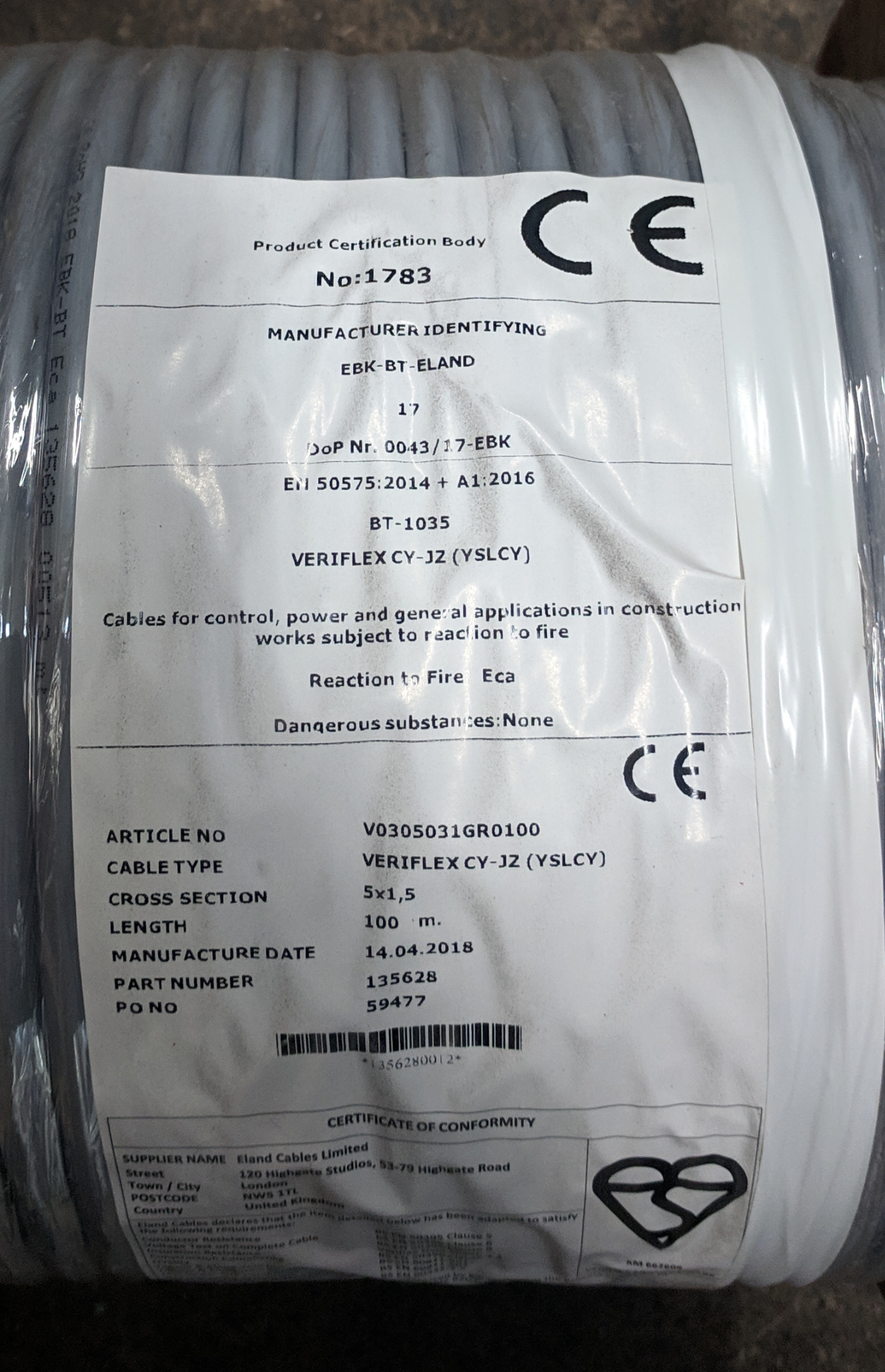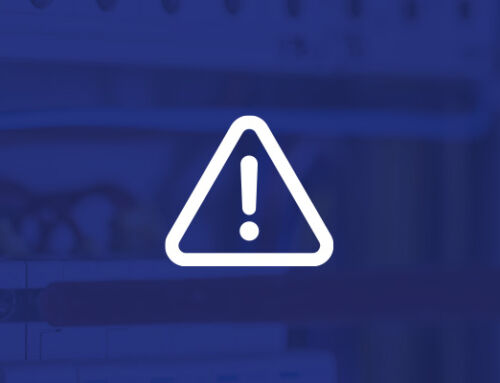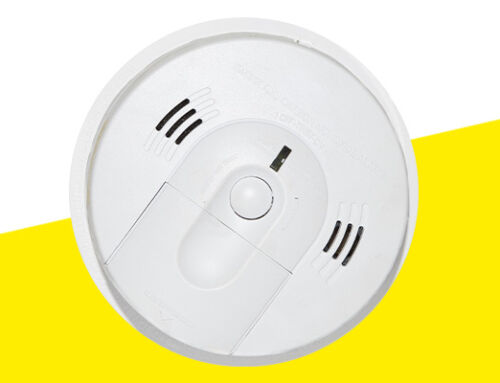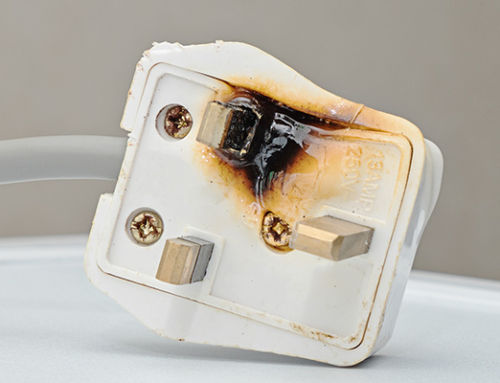What are the Construction Product Regulations (CPR)?
The Construction Product Regulations, BS EN 50575, (CPR) regulate most cables manufactured after July 2017 to determine their performance in the event of a fire. Cables that are permanently installed in domestic, residential or commercial buildings, and were manufactured after this date, are subject to BS EN 50575 that requires by law designers to test and classify their products in accordance with the Construction Product Regulations.
Cables have been identified as a particular fire-related concern as they run between rooms and floors, above ceilings and are often made from flammable materials. They can also be a source of ignition if wrongly installed or are damaged and faulty.
How will CPR affect the production, sale and purchase of cable?
It is important that these regulations are understand and that installers also remain compliant with these standards. The performance of cable as assessed by the Construction Product Regulations will be declared on a product’s Declaration of Performance document (DoP), which is a legal requirement of manufacturers to demonstrate the critical information of their product that is then kept on record to ensure complete traceability. Cable will be graded by seven Euroclasses from Class Aca to Fca by tests that measure flame propagation, heat release, smoke production and flaming droplets. The performance and Euroclass of the product must also be declared on a CE label that is on the product packaging.
BS EN 50575 will affect any individual or company involved in the manufacturing, distribution and purchase of cable. Manufacturers will have to declare the fire-related properties of the cable being used in the design of buildings, but it is also the responsibility of the designer, specifier and installer to satisfy their own judgement that the cable they have chosen for a job is appropriate and meets contractual and legal requirements.
What are the CPR Classes for cable?
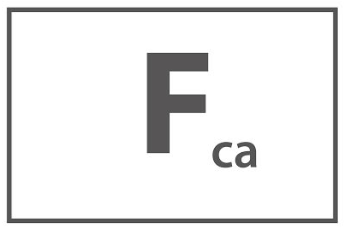
Fire Performance: high level of flammability under test and burns over 425mm
Tests: BS EN 60332-1-2 (Basic vertical flame test by factory or lab)
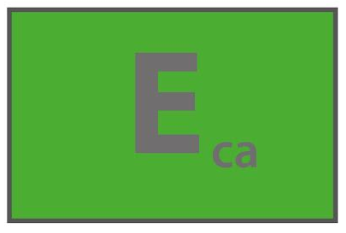
Fire Performance: limited fire spread under test and burns less than 425mm
Tests: BS EN60332-1-2
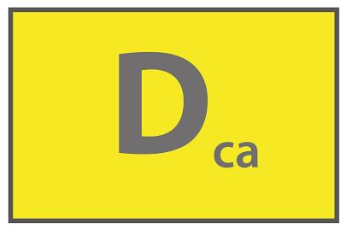
Fire Performance: moderate fire spread and high levels of heat generated.
Tests: BS EN 60332-1-2 & BS EN 50399 – mandatory smoke density test, optimal flaming droplets, acidity tests, additional smoke test
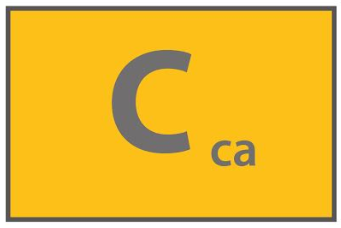
Fire Performance: no contractual flame spread, limited fire growth/heat release rate
Tests: BS EN 60332-1-2 & BS EN 50399 – mandatory smoke density test, optimal flaming droplets, acidity tests, additional smoke test
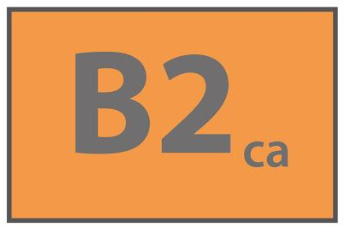
Fire Performance: combustible but low flame spread & heat release
Tests: BS EN 60332-1-2 & BS EN 50399 – mandatory smoke density test, optimal flaming droplets, acidity tests, additional smoke test
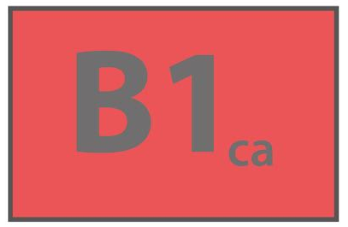
Fire Performance: combustible but very little, if any, flame spread or heat release
Tests: BS EN 60332-1-2 & BS EN 50399 – mandatory smoke density test, optimal flaming droplets, acidity tests, additional smoke test
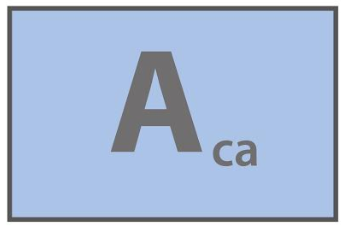
Fire Performance: practically impossible to burn
Tests: BE EN ISO 1716 (gross heat combustion)
Outline of the Euroclass Tables for CPR-Rated Products.
Supplied by www.fscables.com.
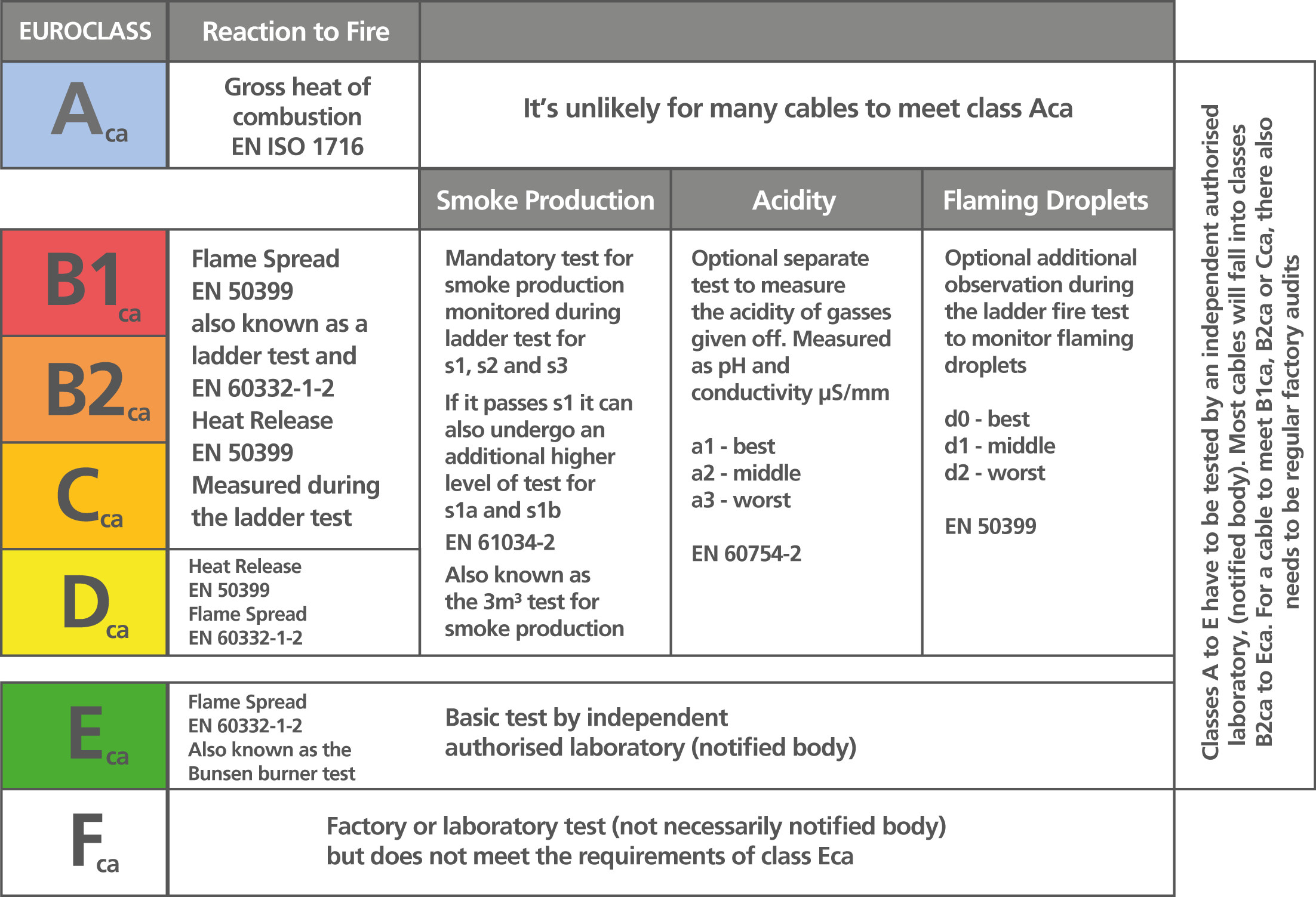
Additional Testing for CPR Rated Cable
Smoke Production
Acidity
Flaming Droplets
This is mandatory for Classes Dca, Cca, B2ca and B1ca and measures for smoke production, which is monitored during the ladder test (BS EN 50399). There is a further, optional smoke test to BS EN 61034-2.
This is an optional observation to monitor flaming droplets during the ladder test to BS EN 50399.
This is an optional separate test to BS EN 60754-2 which measures the acidity of gases given off.
Stay Compliant!
The majority of cables that have been manufactured after July 2017 and are intended for permanent installation within a domestic, residential or commercial building should have a Declaration of Performance (DoP) relating to BS EN50575 regulations. The DoP must be drawn up by the manufacturer who should then assume responsibility of the declared performance and suitability of the product. Nevertheless, the installer must also take responsibility that the cable he/she is fitting is compliant with CPR.
The critical information displayed on a DoP is: Product Type, Name of Manufacturer & Euroclass.
The drum, spool or box of the cable is required to be marked with a CE product label that gives full traceability to the cables manufacturer, origins of production and fire-risk properties. CE Markings certify that a product has been tested in conjunction with legal standards, which in this case will be fire safety standards.
The critical information displayed on a CE product label is: CE Mark, DoP Reference, Unique Product type & Euroclass.
Shown left is an Eland cable drum from an LEW warehouse for reference.
Read manufacturers advice on BS EN 50575 at www.elandcables.com, www.drakauk.com or www.fscables.com.
